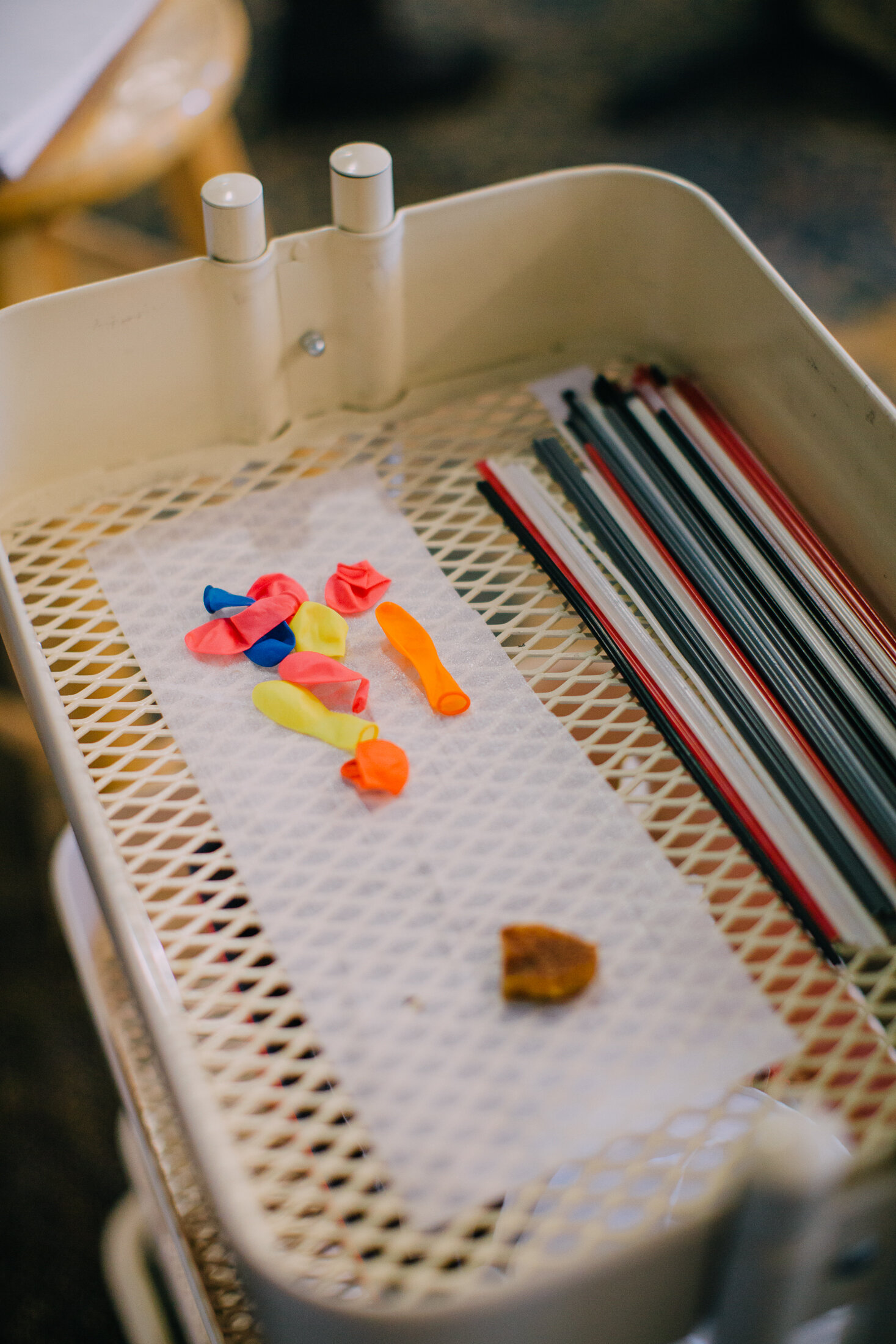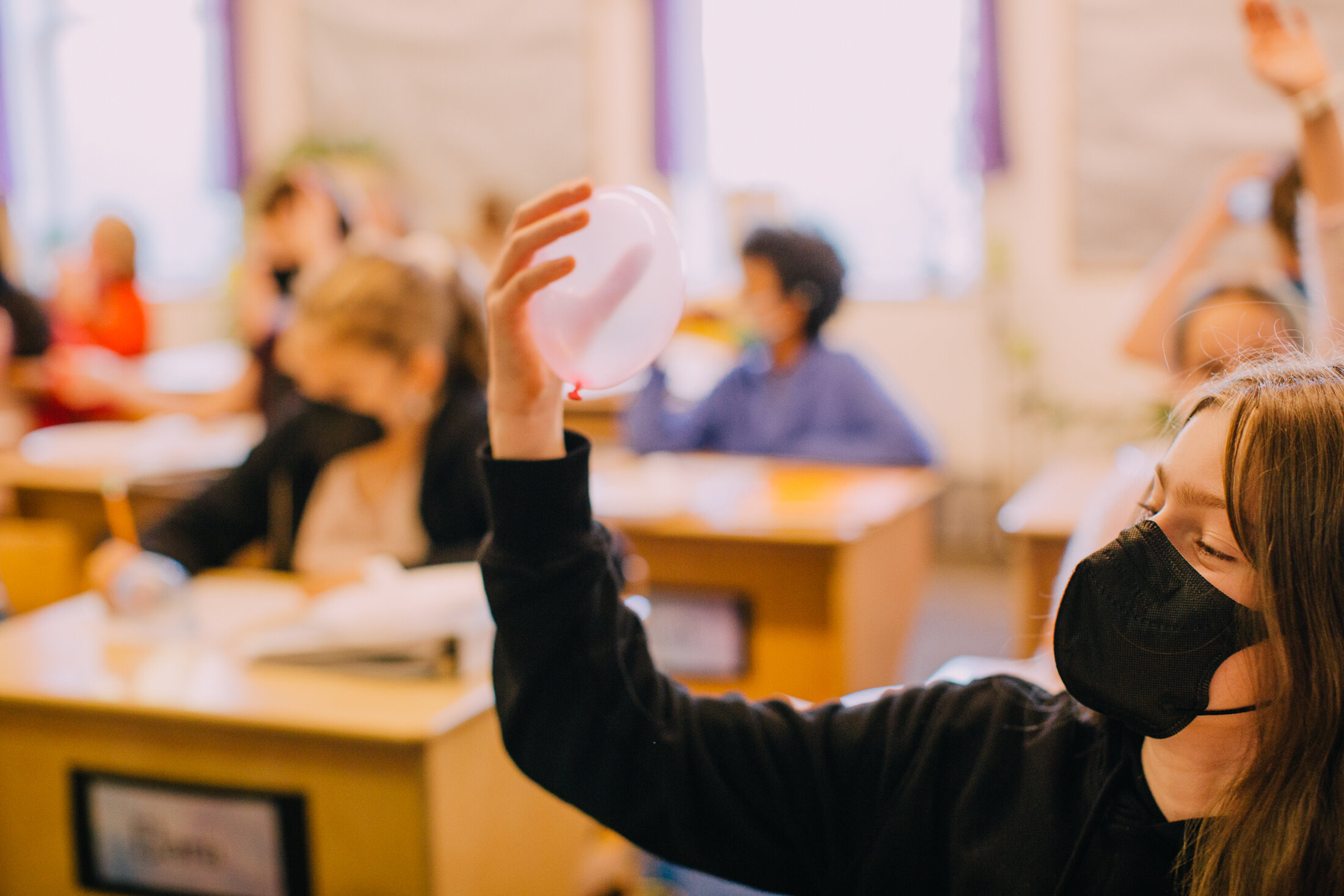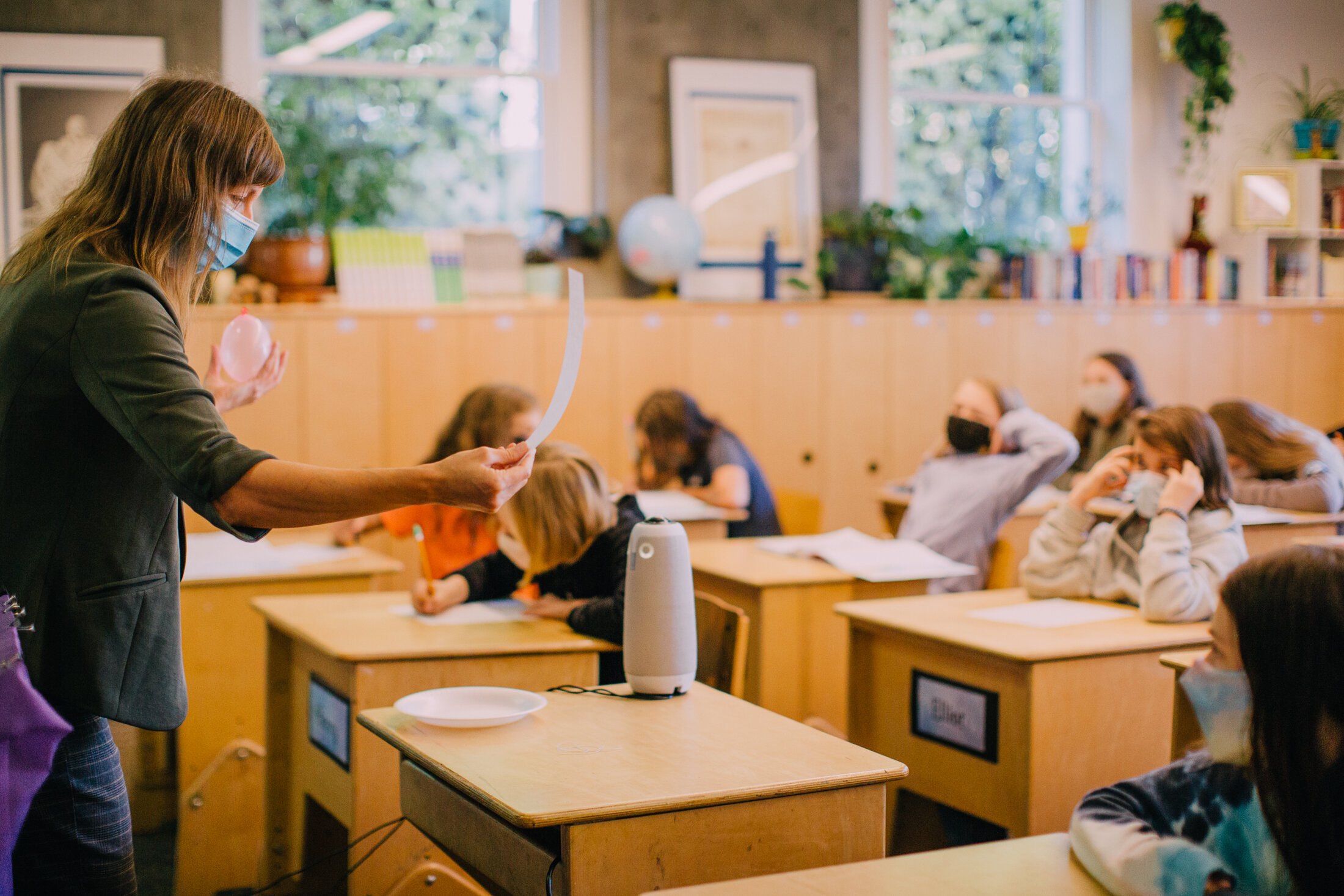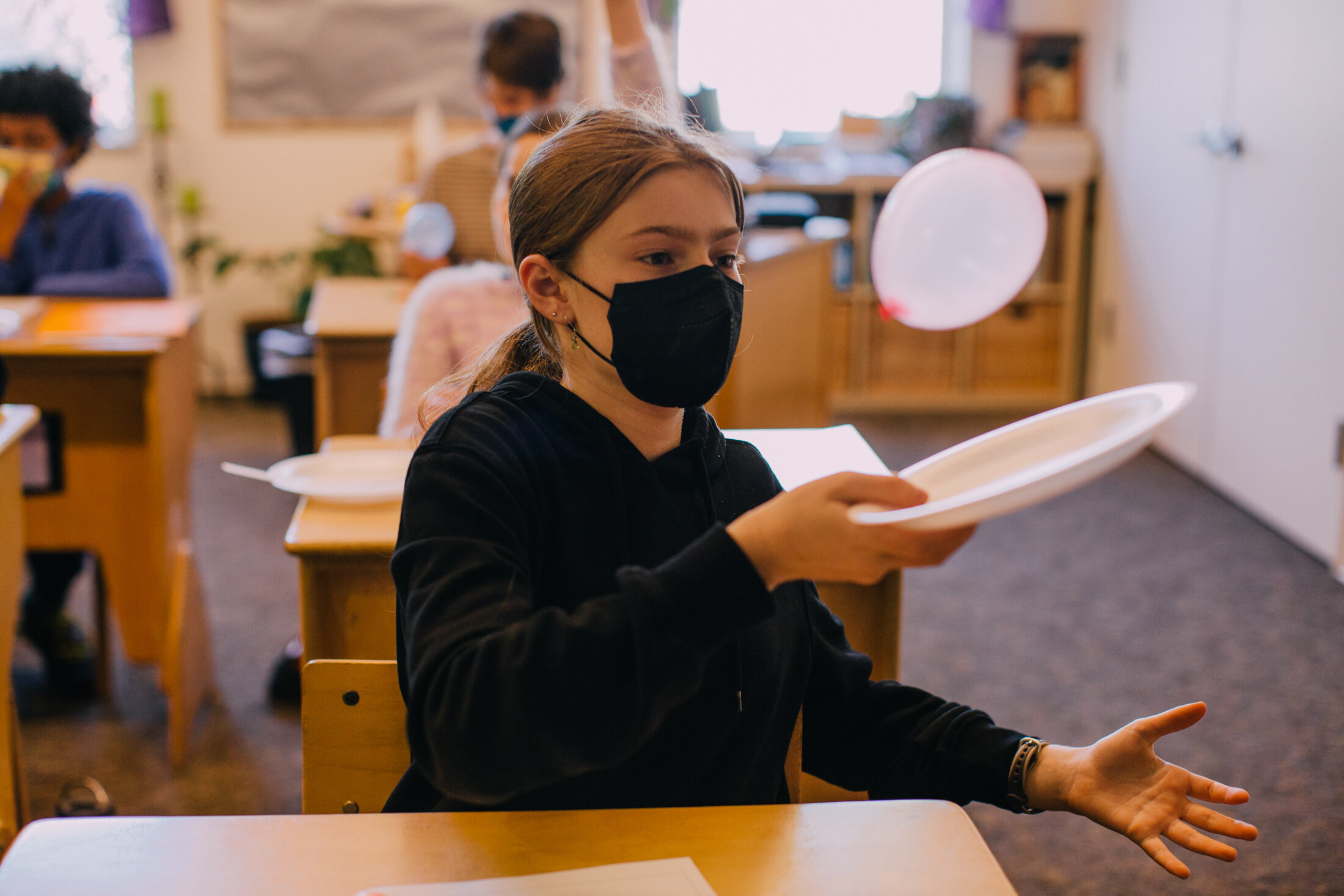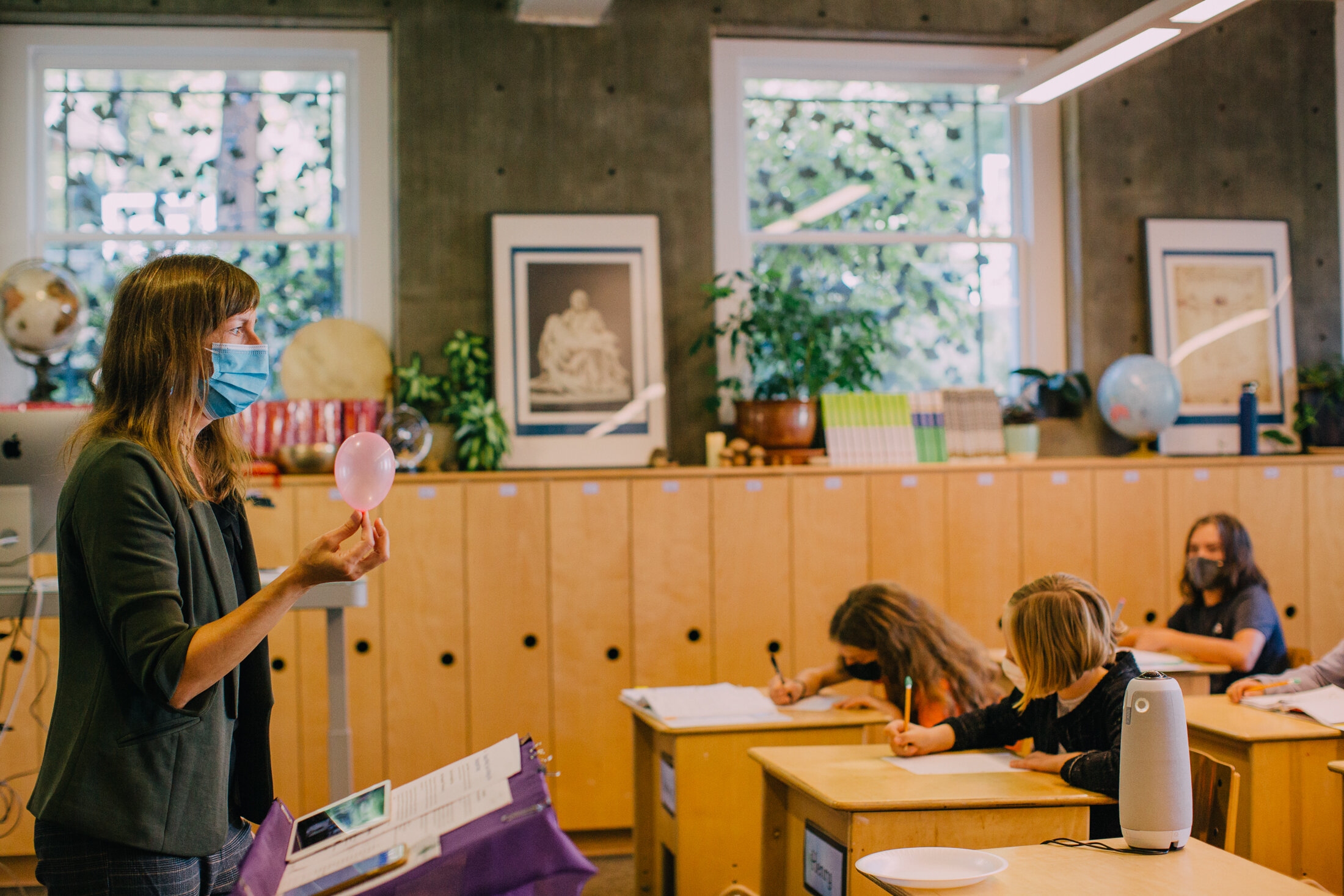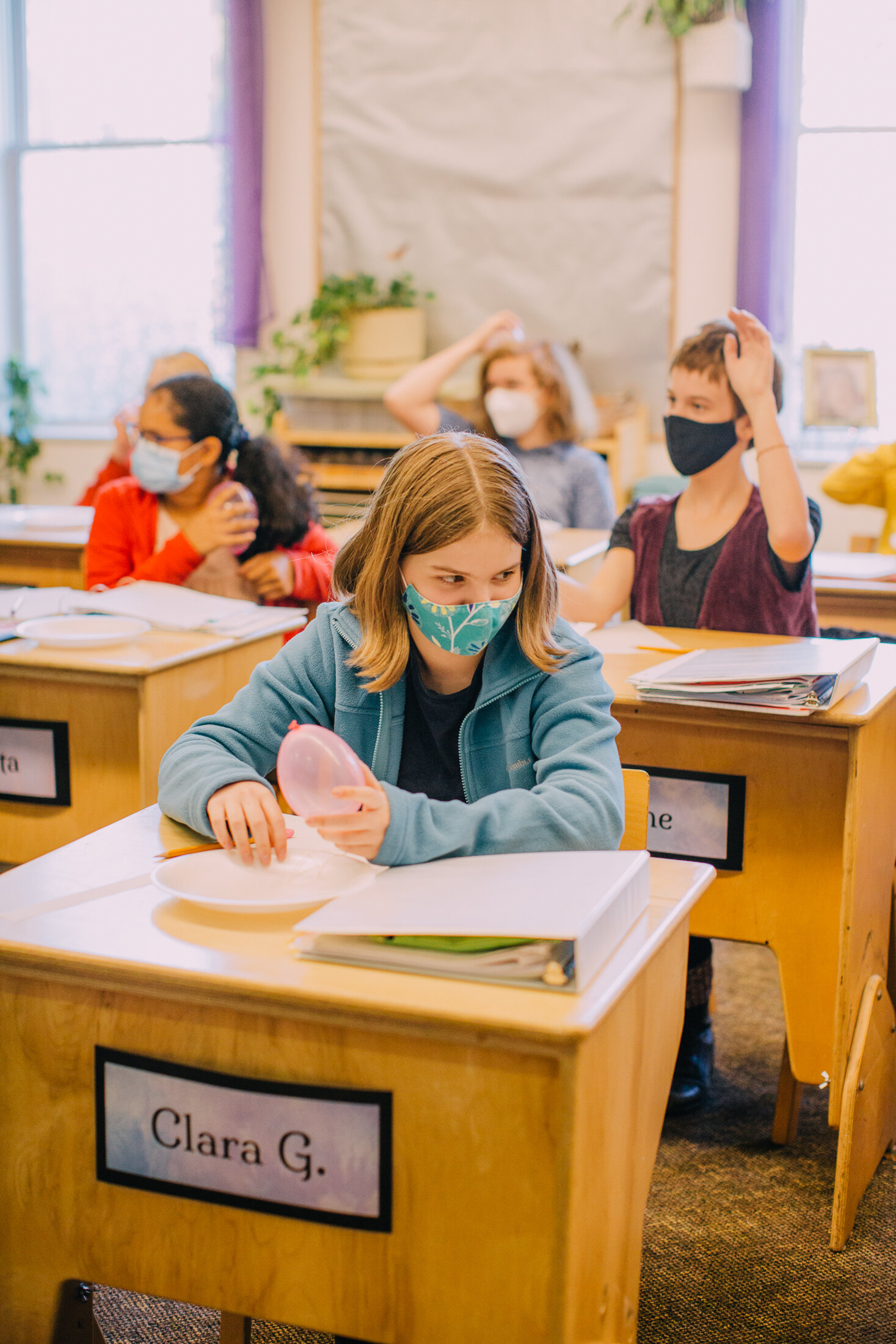Seventh Grade: Observing the World
Open Your Eyes!
Can you not see the pale green leaves,
That cling, like a gentle mist,
To the black branches of the trees?
Will you not smile at the purple violets
Who nod cheerfully as you pass?
Do they not bring you happiness?
Look! Can you not see the sunlight,
Shimmering and flashing on the water?
The blue sky fluffed with lazy clouds?
Can you not see their joy?
Can you not share it?
The air is filled with song:
The wind whispers in the trees,
Blackbirds warble out their melodies.
The water chuckles happily to itself,
Distant thunder grumbles harmlessly.
Will you shut your ears to their gentle voices?
Will you shut your eyes to their compassionate smiles?
Do not close your heart to the joy and beauty around you.
Rather, embrace it.
For if you cannot love the world, you cannot love yourself.
And without love,
There is nothing.
In the seventh grade, each morning, after standing for a moment in silence, we speak this poem together.
While developing research papers on scientists who we think have helped change the world, we’ve also been talking about how scientists (and all of us) need to be observant of the world around them in order to truly see, experience, define, and know what is there.
It takes a presence of mind and a stillness of soul to take in an unobstructed view and see the truth.
This moment of stillness readies the students to face their work for the day — which, right now, includes a hands-on physics block! We’re exploring the interactive phenomena that occur when working with magnetic, static-electric, and electric fields of energy. From literally hair-raising experiments (with our Van de Graaff machine) to what seem like mind-boggling magic tricks with simple household items, the students are learning about the properties of nature that surround them and flow through their own beings.
I’ve been asking the students to really look closely and document their authentic observations about the little things they’ve experienced hundreds of times in their lives, such as getting a small static-electric shock when touching their hands to a doorknob after shuffling their feet on the carpet. Before jumping to the intellectual concepts and known properties of physics, we’ve been practicing breaking down our experiences by documenting what we just saw, felt, touched, and so on.
This helps to ground us in the HERE and NOW of the human experience.
It helps the students develop a deeper connection to the myriad of amazing phenomena that we constantly interact with and take for granted in life.
The adolescent years can often feel like one great science experiment. From the wellspring of emotions that pendulum back and forth from pain to jubilation, to the physical growth spurts that shoot up suddenly like gangly bean sprouts, there is a sense of both unbound beauty and erratic chaos when traversing this part of childhood. It’s so important to offer our teens time to just be present and still in their packed weekly schedules. And if we can also carve a little time to be in stillness with them, we may find more gifts unfold from that experience than we had even hoped for.
There is so much that we take for granted in life, let’s take a pause to appreciate some of those little things each and every day.
Just ask a seventh grader at Cedarwood. They will tell you how important it is to develop this inner habit.
Curious about a nurturing Waldorf education for your child? Let’s connect!
Natalie Norman received her Waldorf teaching certificate from the Micha-el Institute in Portland and found the perfect school to share her passions for lifelong learning-Cedarwood! She is thriving as a middle school teacher and is currently guiding the class of 2023 into their adolescent years.


